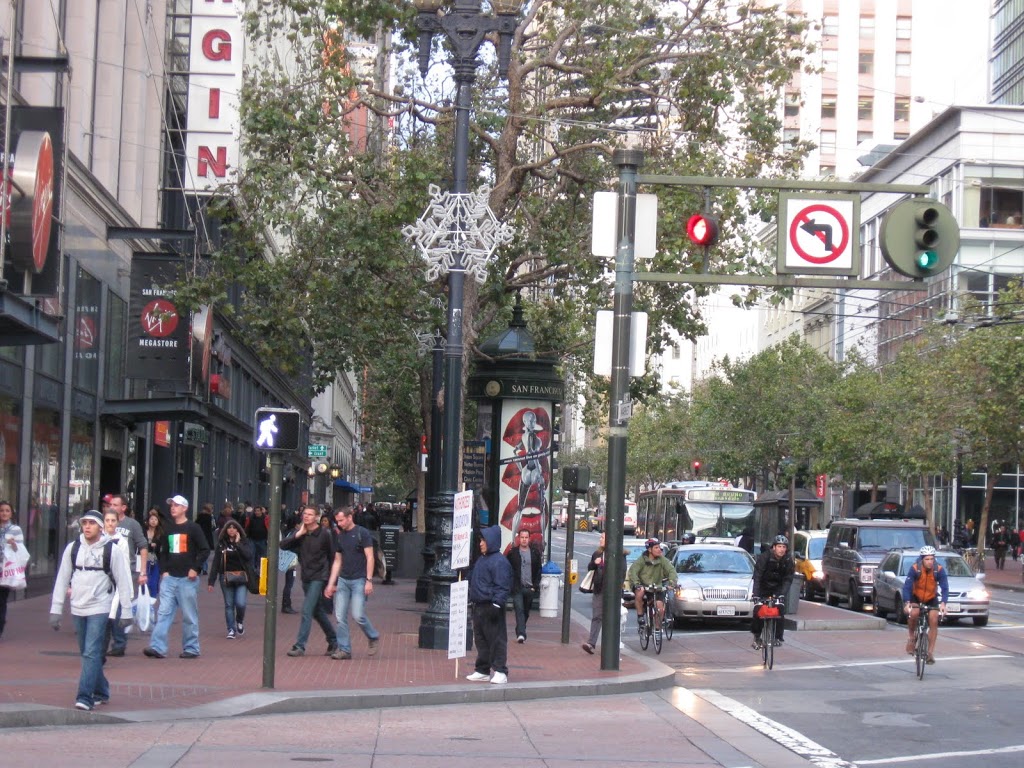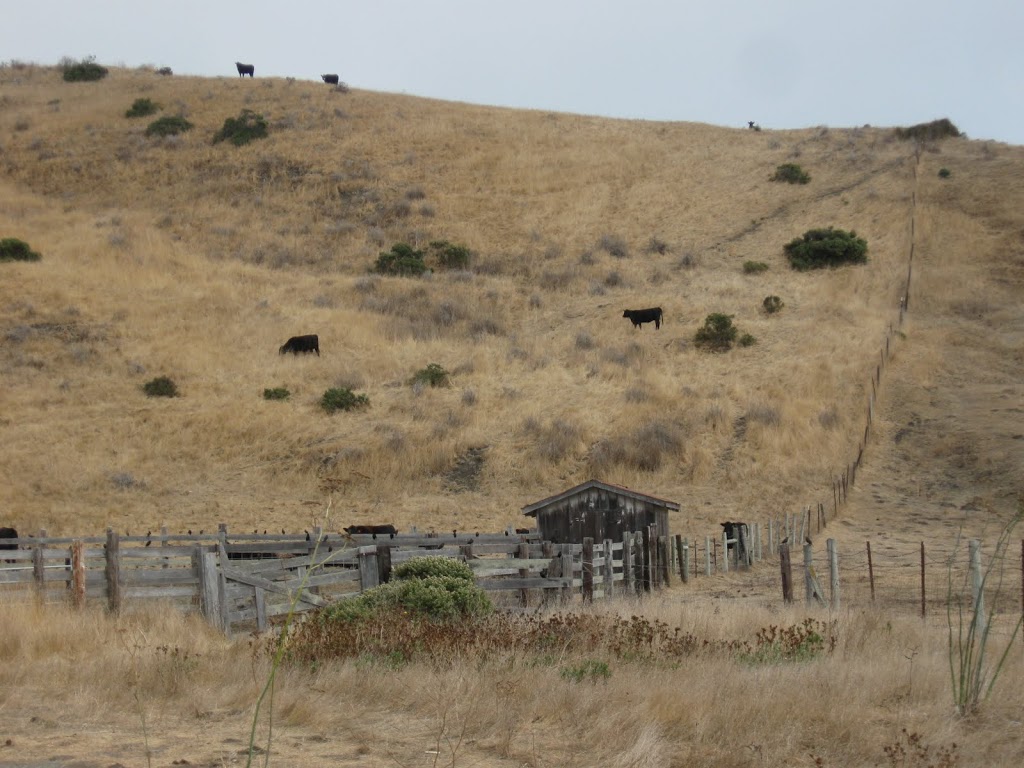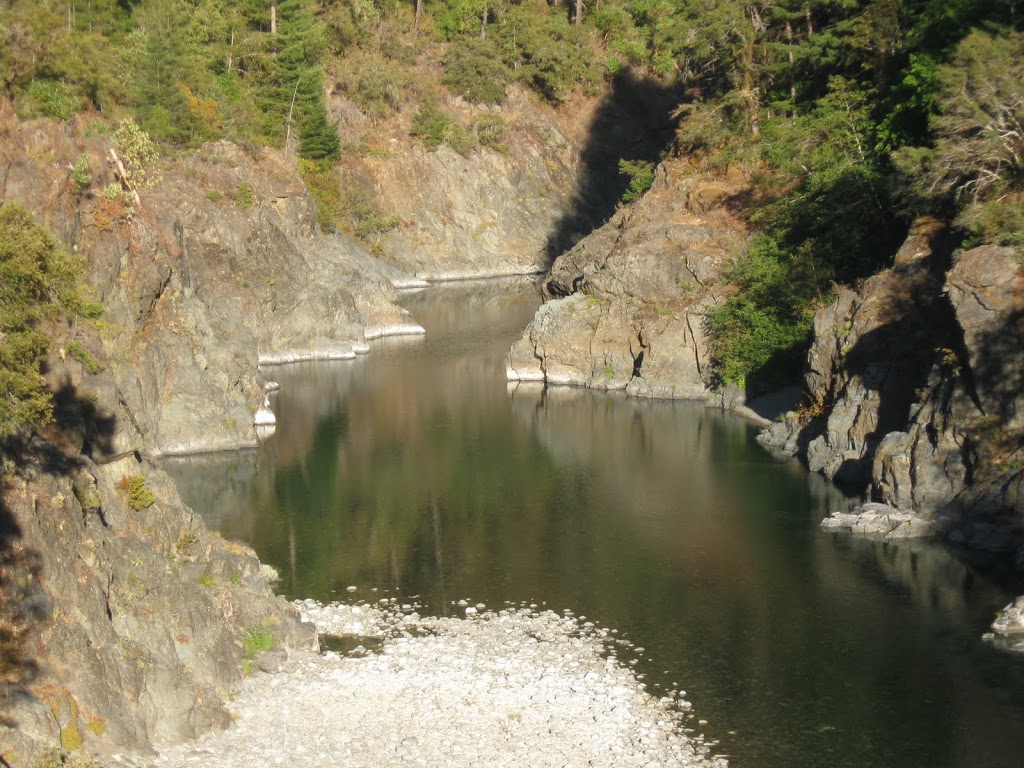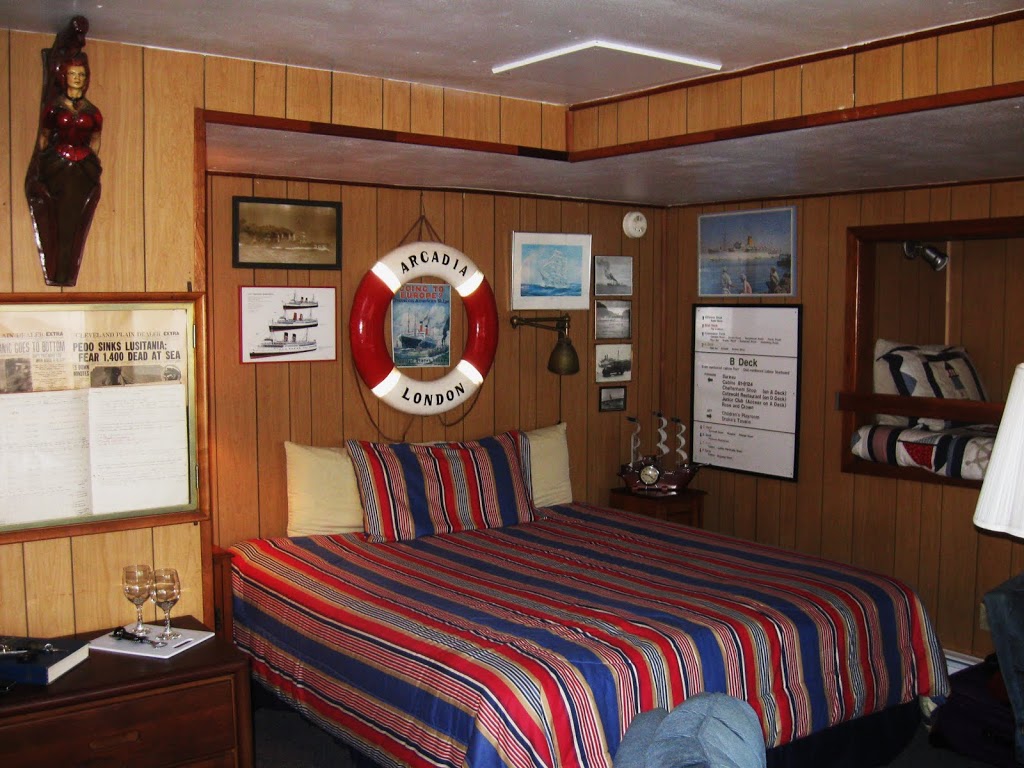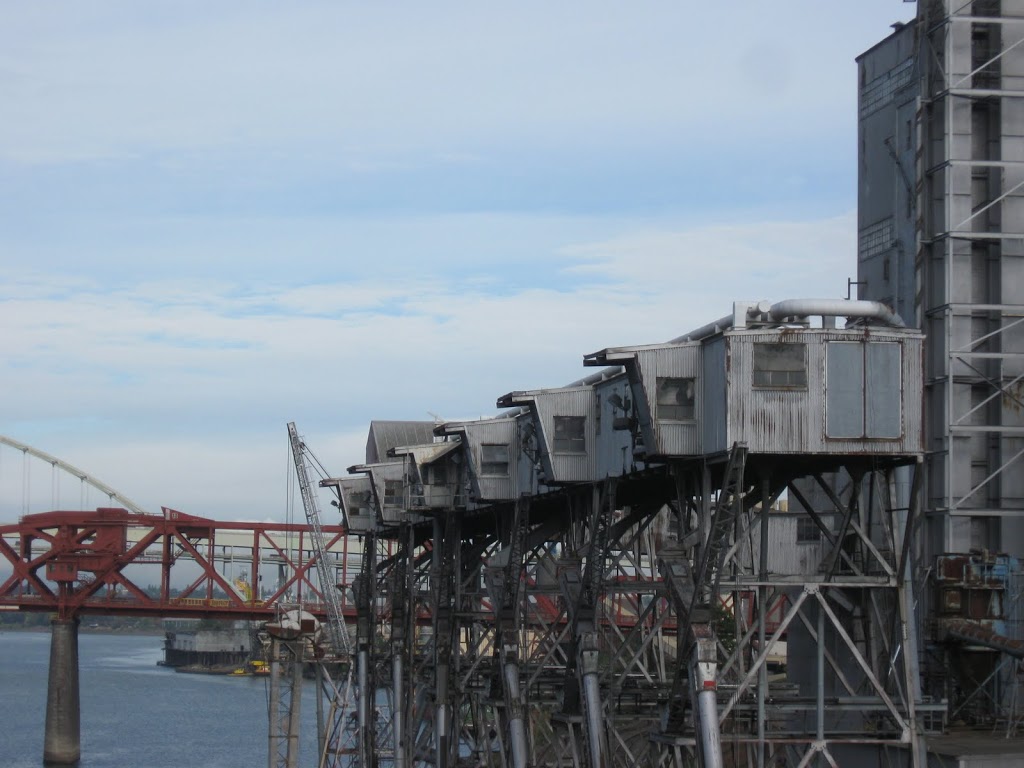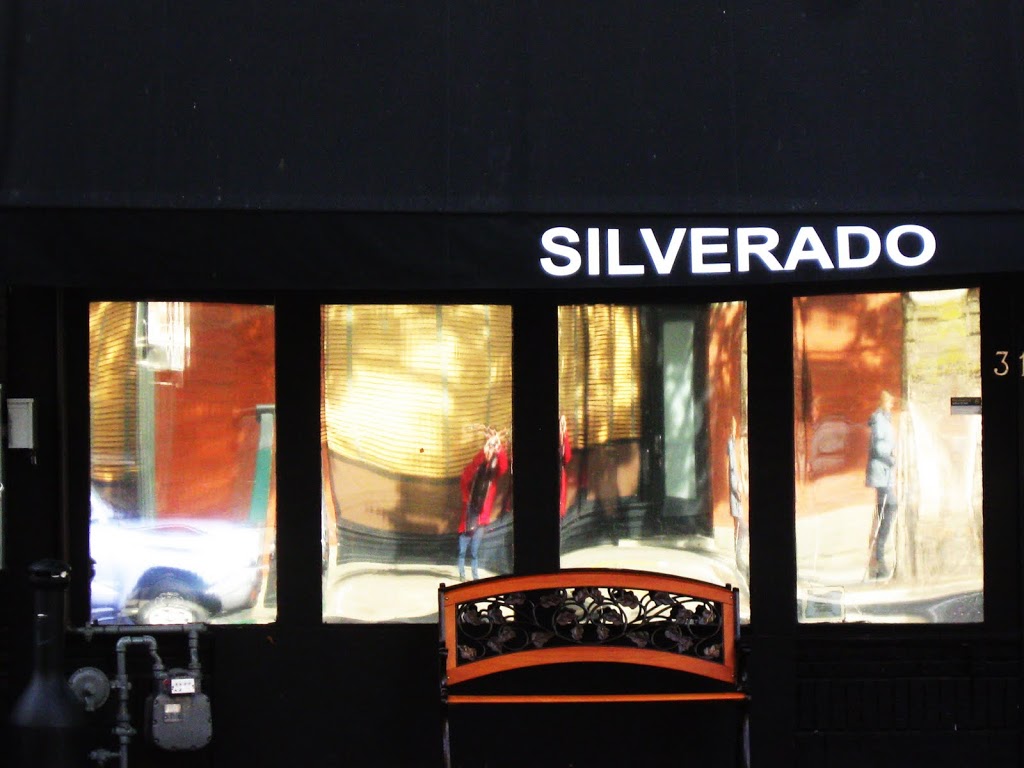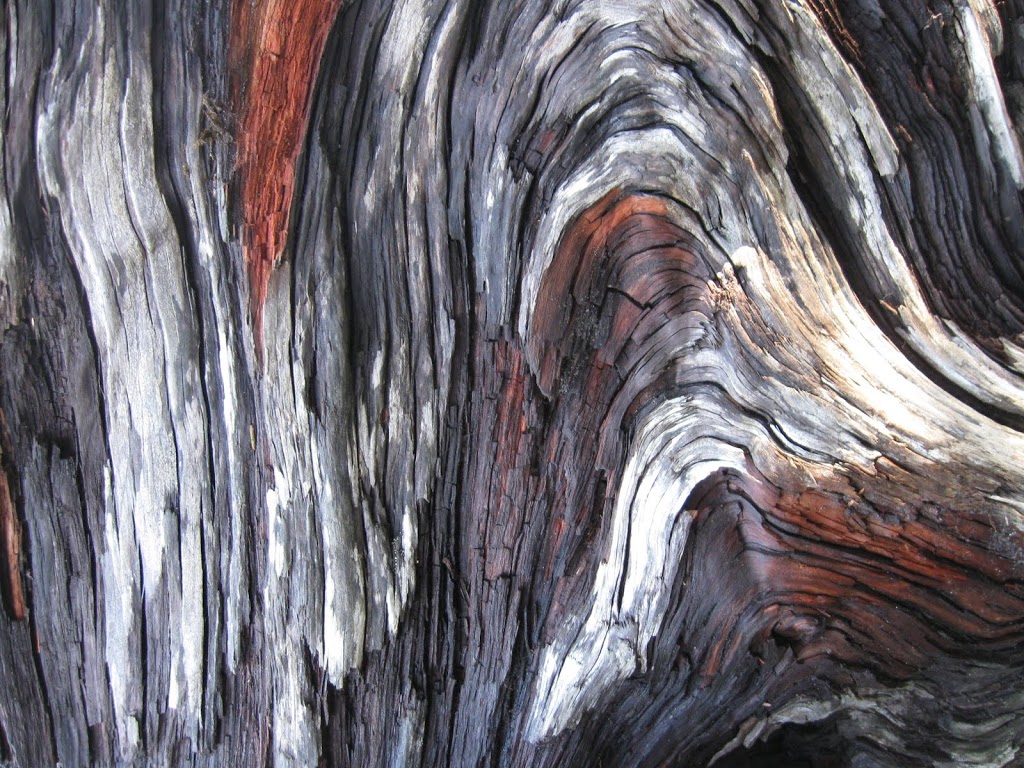
Y2K9 was why we had come to the west coast in the first place:
Rick Walker (who keeps pointing out how much my MY2K project had inspired him to move towards abstract electronica) had invited me for years to come to his annual livelooping festival, and this year was the first time that I felt up to it.
One reason that I felt I could do it this time was that I had finally replaced the heavy guitar rig full of hardware effects I had been using for years by a notebook – good for international flights. I also took my small midified Hohner G2 guitar, an instrument that can easily be taken as hand luggage and tucked into a plane’s overhead compartment.
The notebook contains a complex Plogue Bidule setup that is capable of doing infinitely more than my old hardware effects could – it is a maze of VST plugins, VST instruments, loopers, and realtime samplers, infinitely reconfigurable and versatile, and it opens many musical doors for me although I’m still a long way from understanding Bidule, and also, a long way from mastering this setup.

One additional musical difficulty that I had created for myself was that I insisted to improvise everything – as on my previous solo livelooping concerts, I played no compositions (although sometimes compositions suddenly found their way into the improvisations). This has its pros and cons. It needs a certain amount of openness from the audience – people who expect „pieces“ will inevitably be disappointed.
What usually happens, and happened this time too, is that I start out only from a rough idea for the beginning, and then some kind of flow finds its own way, often in surprising ways, sometimes boring, sometimes interesting. One thing that sometimes seems to happen, and it happened this time too, is that I try certain things along the way, and fail – then I’m disappointed and frustrated, but because the audience doesn’t know what I was trying, they often like the result anyway.

I was flattered that Rick had featured me in his „headliners“ list for the festival, and scheduled me for no less than 3 gigs on 3 subsequent days.
On the first night, we met for the „Best of the Y2K9 International Live Looping Festival“ concert in the Anno Domini Gallery in San Jose. Except for Atlanta based kalimba wizard Kevin Spears, all of us had come from abroad (from Germany, Australia, Barbados, UK, Belgium) and were somewhat excited to play in the USA for the first time.
It was a very nice evening – although we did not have many people (maybe 25) in the audience, there were up to 200 people listening and watching the show over the internet. Nat Grant from Melbourne created a very soft and subtle texture of material sounds from percussion and plastic foil, Julia Kotowski from Cologne played her charming „Entertainment for the Braindead“ songs, David Cooper Orton presented wonderful guitar compositions, Sjaak Overgaauw led us into quiet ambient sound worlds, Andre Donowa played very relaxed caribbean guitar music, and Kevin Spears made us all tap our feet with his irresistable, and technically astounding, kalimba grooves.
I drove home with Nat, Julia, and Kevin in my car, eventually discovering that our fuel was low – and there was no way to get new fuel in the middle of the night in the mountains between San Jose and Santa Cruz. We made it safely to Santa Cruz though – thanks so much to my guardian angel who protected us on the quite dangerous highway 17.

The next night, Rick had scheduled me for the „Experimental Side of the Y2K9 Looping Festival“, a concert in the Luggage Store Gallery in San Francisco which holds regular new music concerts curated by Matt Davignon. I’ve known Matt for years as a very creative musician and regular contributor to Chain Tape Collective projects – it was very nice to finally meet him in person.
I must admit that it was quite exciting for me to drive into the breathtaking night skyline of San Francisco, with Rick and Nat in my car, to give a concert there. This wonderful city is a mythical place, both beautiful (as Sabine and me saw it a few days ago) and dark and even a bit creepy – but then I’m probably simply not used to this place at night.
The gallery was a wonderful concert space. Matt did his drum machine soundscapes, Nat and Rick created surprising music with percussion instruments and various materials, and Thomas Dimuzio played breathtakingly beautiful synthesizer music – like something straight from Blade Runner, but abstract. I would have loved to get a recording of this but he had forgotten to record it!


I did 25 minutes of, as Georgina Brett put it, „severely electro-acoustic LIVE music“ – a continuous stream of sound events from the guitar and from various mysterious little devices that made the audience lean forward, trying to see what they were 🙂 The music was not something that is easy to listen to afterwards, but I think it was an enjoyable concert live – big fun for me to play really noise oriented at times, maybe I should do more of this?

The main livelooping festival began on Friday evening with a concert of some of the headliners – Nat Grant with Rick Walker, Kevin Spears (the Paganini of the kalimba, as Rick put it very correctly), The Mermen guitarist Jim Thomas, and me, with each of us given 45 minutes. This was the only concert which saw me a bit nervous during the afternoon, but then I found myself very quiet and mostly present while I performed. Again, many things that I tried to do failed, but the audience didn’t know what I had been trying, and judging from the many positive feedbacks I got, at least parts of it must have been enjoyable. I felt especially flattered by a very positive website guestbook comment by the wonderful singer Lilli Lewis who I saw perform on the next day.


The two following days were like a livelooping sweat lodge – from noon to midnight, more than 50 livelooping artists played for half an hour each, performing on one half of the stage while on the other half the next artist quietly set up his gear. Many of the stylistically wildly diverse shows that I saw were amazing, some of them utterly wonderful. Among my favorites were Bill Walker on lapsteel guitar, David Cooper Orton on electric guitar, Mike Crain’s ambient-minimalist vibraphone music, and especially the songs of Lilli Lewis – her performance was almost a spiritual experience, many of us were in tears because it was so beautiful and full of heart.
Lilli’s CD is here in case you want to hear it.

At times during the days of the festival, just sitting and enjoying, I seemed to feel an intense field of love that surrounded the whole venue. It was an impersonal love, and definitely something beyond the love that Rick, and the many people who helped, obviously put into organizing this event. For some reason, the livelooper community is exceptionally friendly – there is no competition but rather an atmosphere of mutual support. It seemed to me that something that I would call the presence of love can materialize in a palpable way when many people gather in such an atmosphere, to work together and to share what means most to them – their music, their personal vision of beauty.
What a treat this festival was. We finally met on Monday morning for the traditional loopers brunch and had coffee and cakes with Rick, Chris, Michael Klobuchar, and Nat Grant the next day … then we had to say goodbye. Amazing how close one gets during just a few days, and how much we missed each other afterwards – it was not unlike a meditation retreat or a guitar craft week … special times where one is together in an intense way, and then leaves to return into ordinary every day life reality.


(thanks to George Wiltshire and David Cooper Orton for some of the Michael Peters photos)
(many festival photos are here)














































